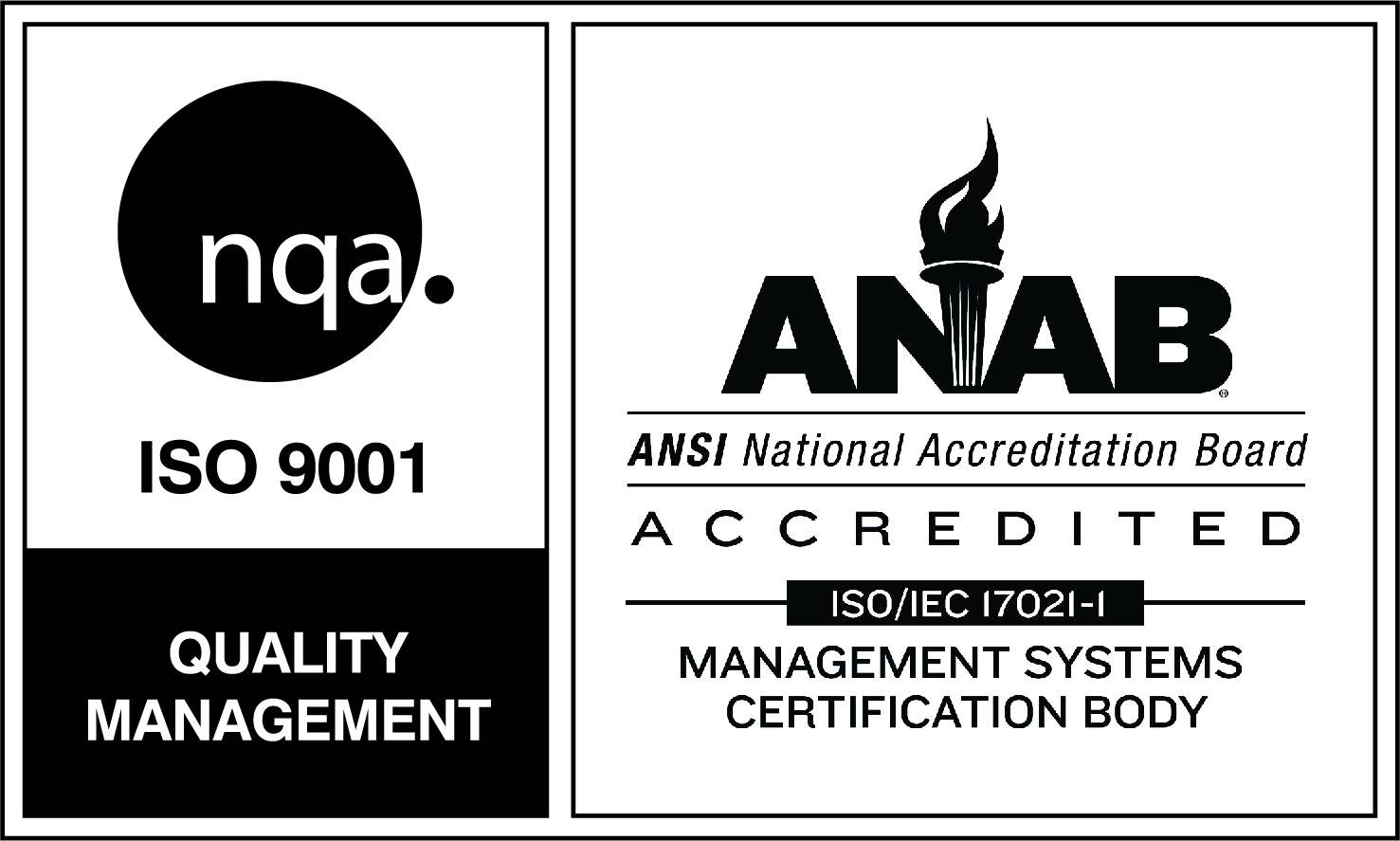Most engineers are all too familiar with the term "electrification" in military vehicle and aircraft designs, defined as the conversion of a machine or system to the use of electrical power. It's necessary to integrate power distribution units (PDUs) when designing this electrification and protecting higher voltages, harnesses, and loads on a system. PDUs can also be referred to as solid state power control (SSPC) or remote power control (RPC) and they replace old mechanical circuit breakers with electronic circuit breaker technology.
Here are six factors to consider when sourcing a PDU to provide the flexibility, customization and safety needed for mission-critical, rugged designs for military and defense.
1) Flexibility to adapt output and input channels to meet your design requirements. As an example, an aircraft may require two input channels, each controlling four output channels to meet the requirement for redundant system design. A ground vehicle could, however, require protection for a large number of loads from a single input channel managing 32 output channels. These kind of design options require a scalable and modular PDU.
2) Flexibility to configure/reconfigure current trip thresholds per outport port. The total available current is divided between each output port. Tailoring trip thresholds per output port makes it easier to meet platform requirements. This flexibility can, for example, play an important role in meeting DO-254 compliance when designing complex airborne electronics.
3) Ability to configure current limiting. A massive short circuit can affect an entire system, dropping voltage throughout and causing a full reset. Limiting current for short circuits can turn an uncontrolled and risky situation into a secure a predictable one. With a current limit feature in the PDU, engineers can design a system to ensure the power source's current capability always exceeds the switch's current limit setting, so that the power source does not fail.
Additionally, with current limiting enabled in a daisy-chained architecture, a short circuit at one switch won't forward more than the defined current to its previous stage -- so higher stages aren't forced to trip, thereby allowing unaffected channels to operate normally.
4) Incorporating reverse voltage protection. This is important because of human error; regardless of how focused and dedicated we are, everybody makes mistakes. Reverse voltage protection not only protects the PDU electronics, but also protects the devices connected to output channels. It also mitigates risks in the event of wiring connection mistakes by technicians or maintenance teams.
5) Sequencing and soft start functionality. You can reduce stress on the entire electrical system when you implement discrete sequencing abilities within a PDU. Soft start controls the rise time of a switch's output, lowering the inrush current into capacitors and providing a more controlled electrical environment for the capacitors.
When soft start functions are incorporated with sequencing, startup currents can be implemented in the design to reduce current peaking.
6) Centralized Surge Protection. When every component within a system is required to cope with specific surge conditions in specific military standards, you can end up with significant wasted volume that negatively impacts SWaP efficiencies and additional per-component costs within a system for both production and maintenance.
A more elegant solution is to centralize surge protection at the input of the PDU and electrical architecture, which eases demands on all the devices powered by the PDU. This increases reliability and reduces overall lifecycle costs.
Want to discuss what features you need in your PDU for your design? We can help with COTS or customized solutions.





